Windmills in Spain
9 comments
Hey dear Hive community, first of all I would like to wish you all a pleasant day and hope you had a day full of positive experiences! In this post I would like to write something about an interesting topic and hope you can learn something new.
Here are some works of art that I created with the help of artificial intelligence and represent windmills. If you hear windmills, you probably first think of Netherlands, where the most windmills are located, but also in Spain there are some that decorate the landscape and the windmills in central Spain in the province of Castilla-La Mancha are particularly well known for the typical white windmills or the vineyards. The mills were once created during the Spanish rule in the Netherlands and until the 17th century, the Netherlands was part of the Spanish dominion after there was an 80-year war between Spain and the Netherlands and Willem van Oranje-Nassau (1533 – 1584) was known as the leader in this war. The construction of the windmills was a great enrichment at that time because in this way the infrastructure in the region was also improved again and at that time there were many problems which were improved by the windmills and in addition to grain, Spanish mills were also known for grinding salt and most mills were built in the 16th century everywhere in Spain. Most of the mills can be visited in Consuegra and numerous artists have also been inspired by it in the course of history and there are many paintings in which the typical Spanish windmills can be seen. Another important place is the island of Formentera and at that time 7 mills were built here, of which 6 are still preserved and benefit from the good wind conditions on the island. Most of them were still working until the middle of the 20th Century and some were restored again and the island also had a very fertile soil which made it particularly lucrative for grain cultivation and I think it's great that Spain attaches importance to this important culture and has maintained and restored many mills. In the past, I have already written more articles about this topic and those who should be interested will find some contributions
.Thanks for taking the time to read through my post and I hope you like it and can learn something new about this topic!
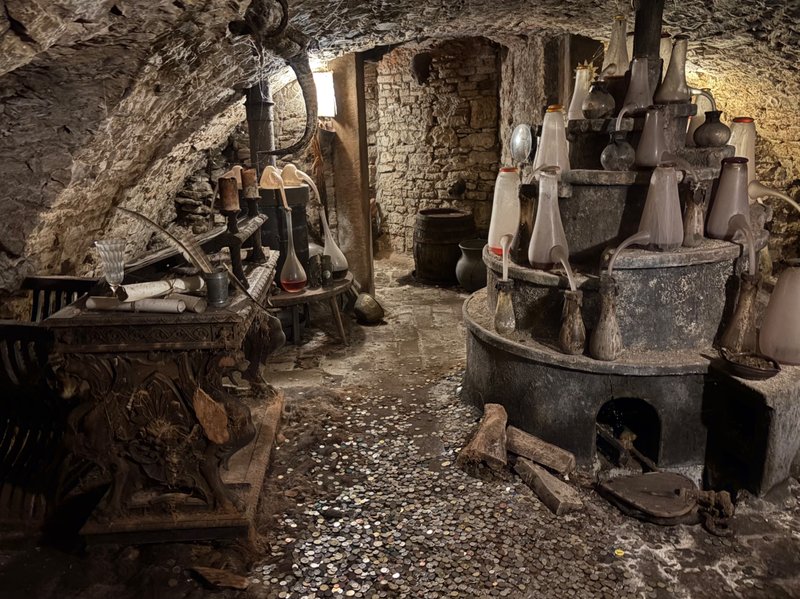


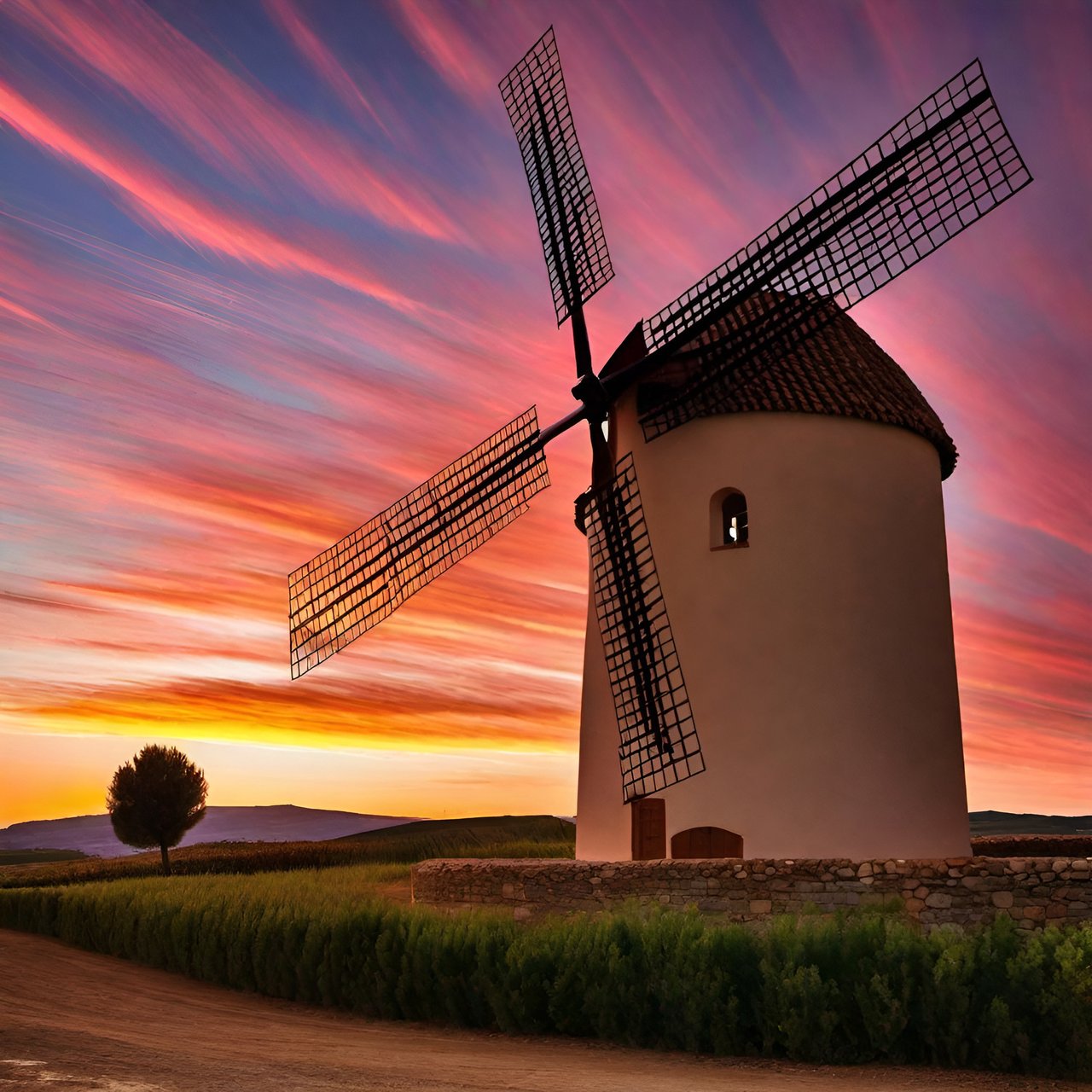
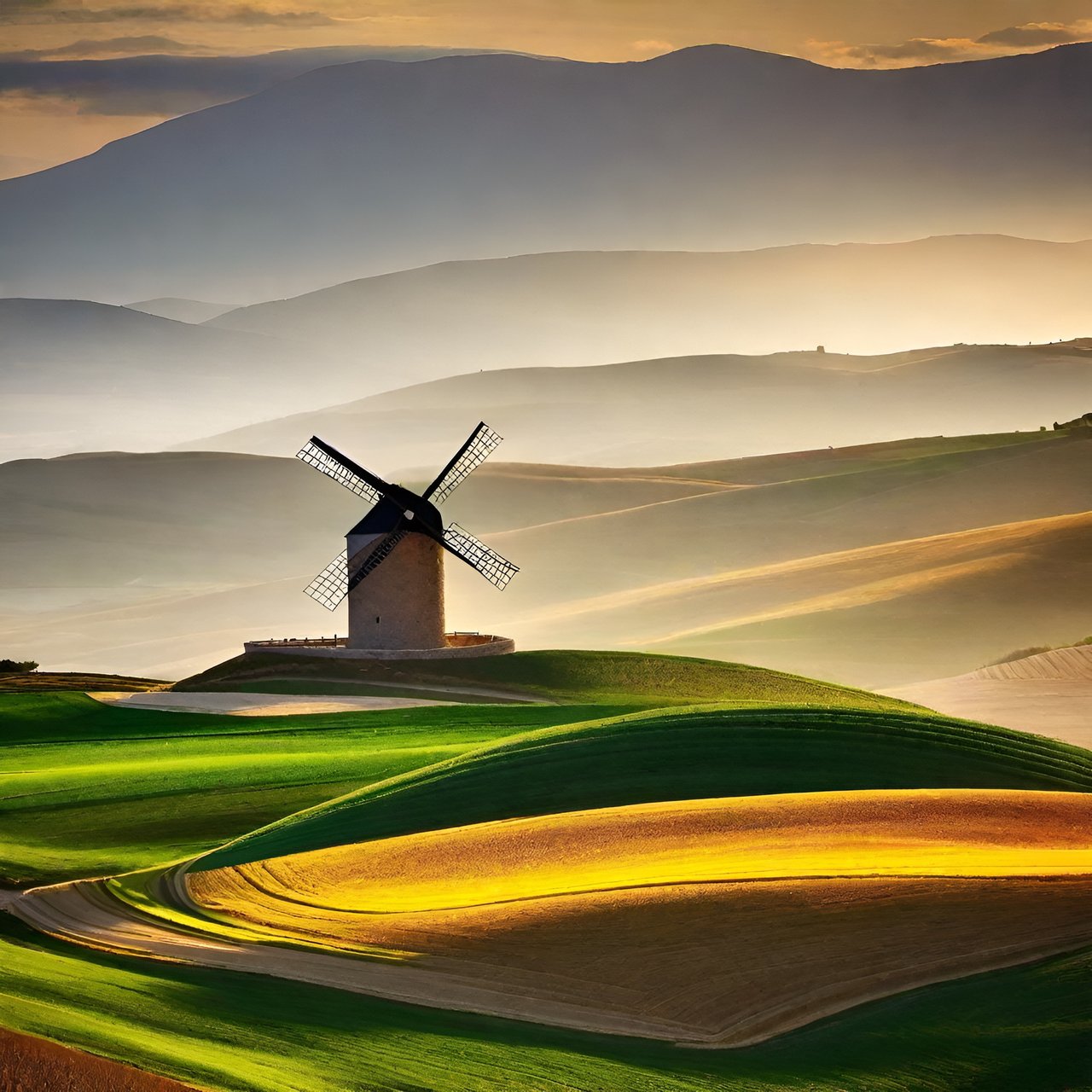
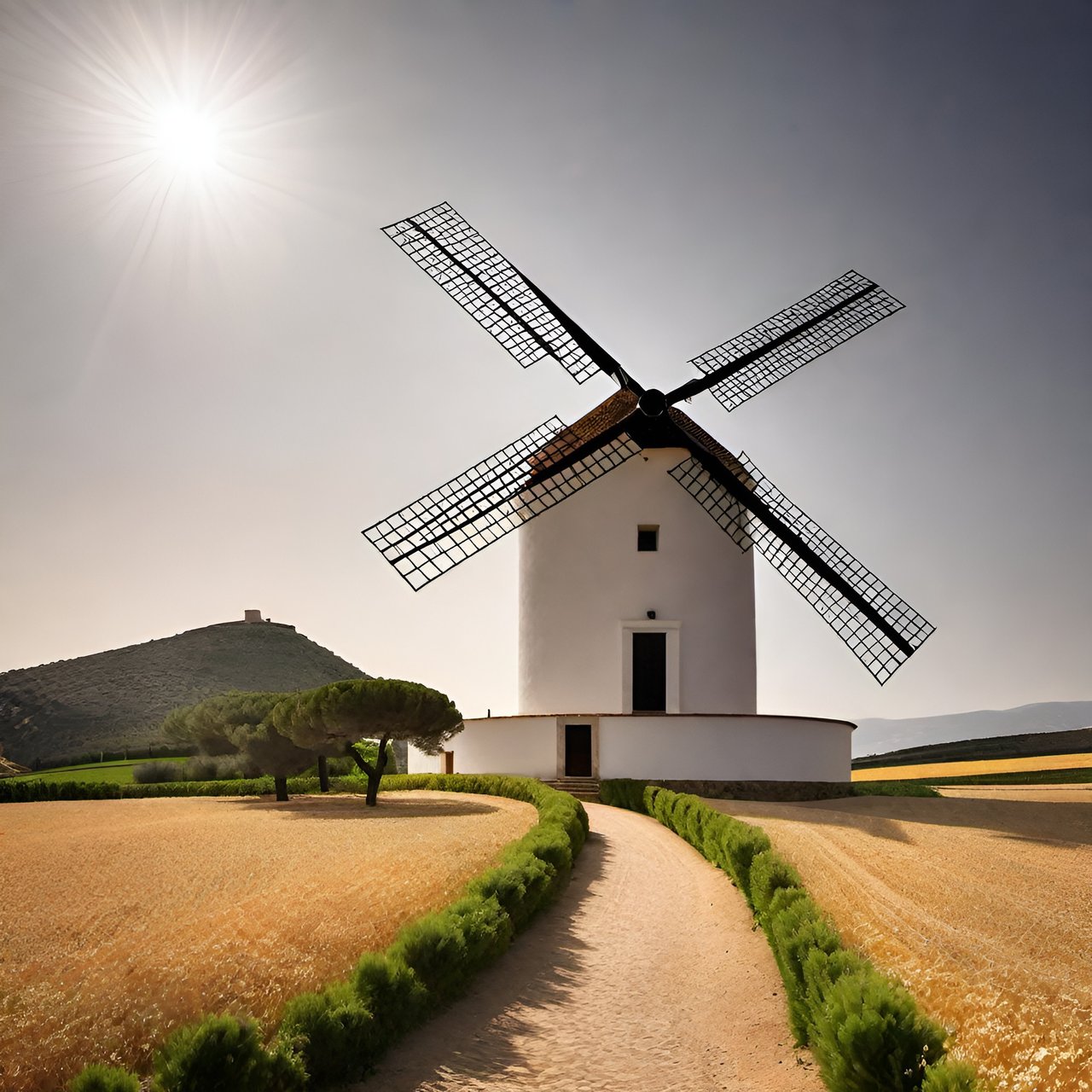
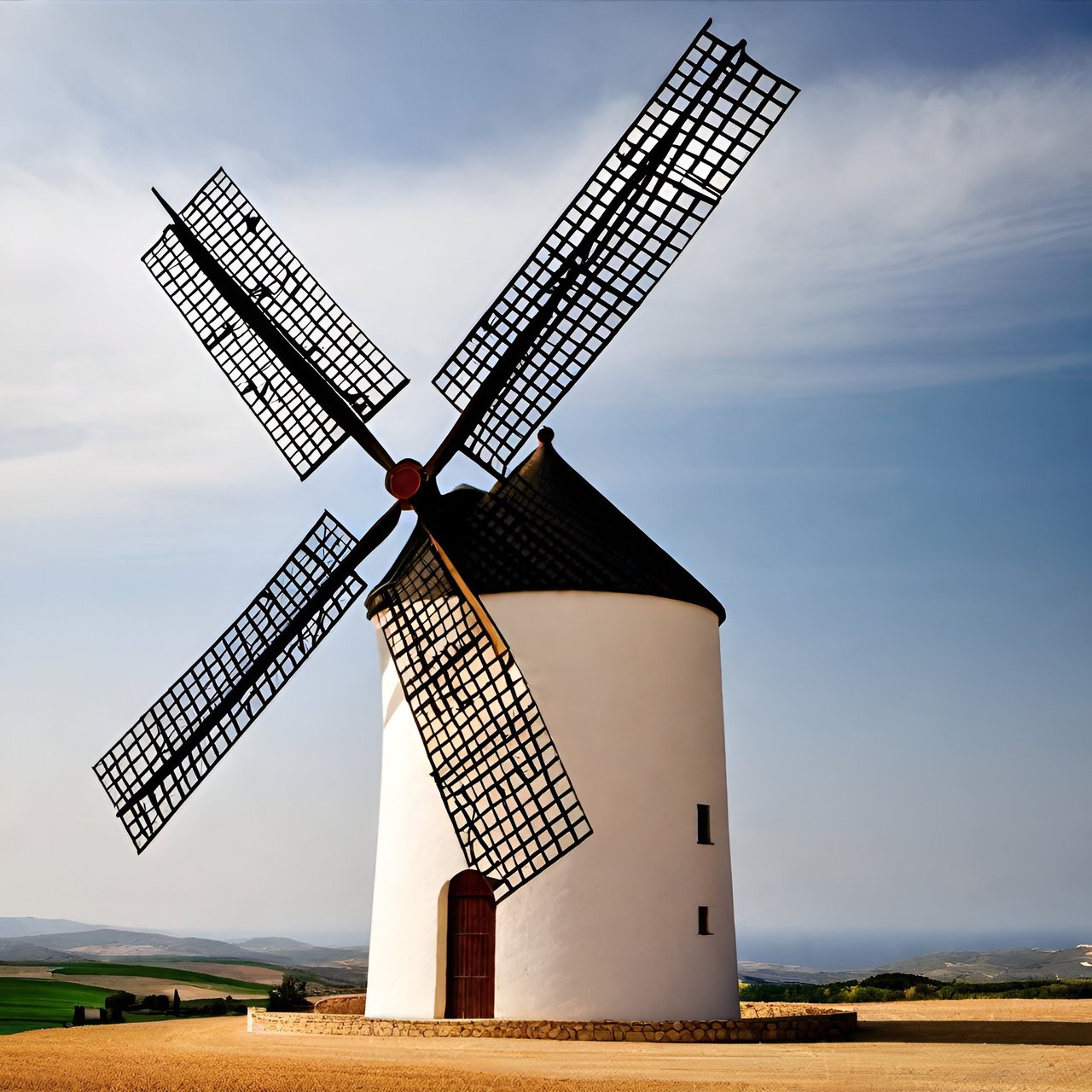
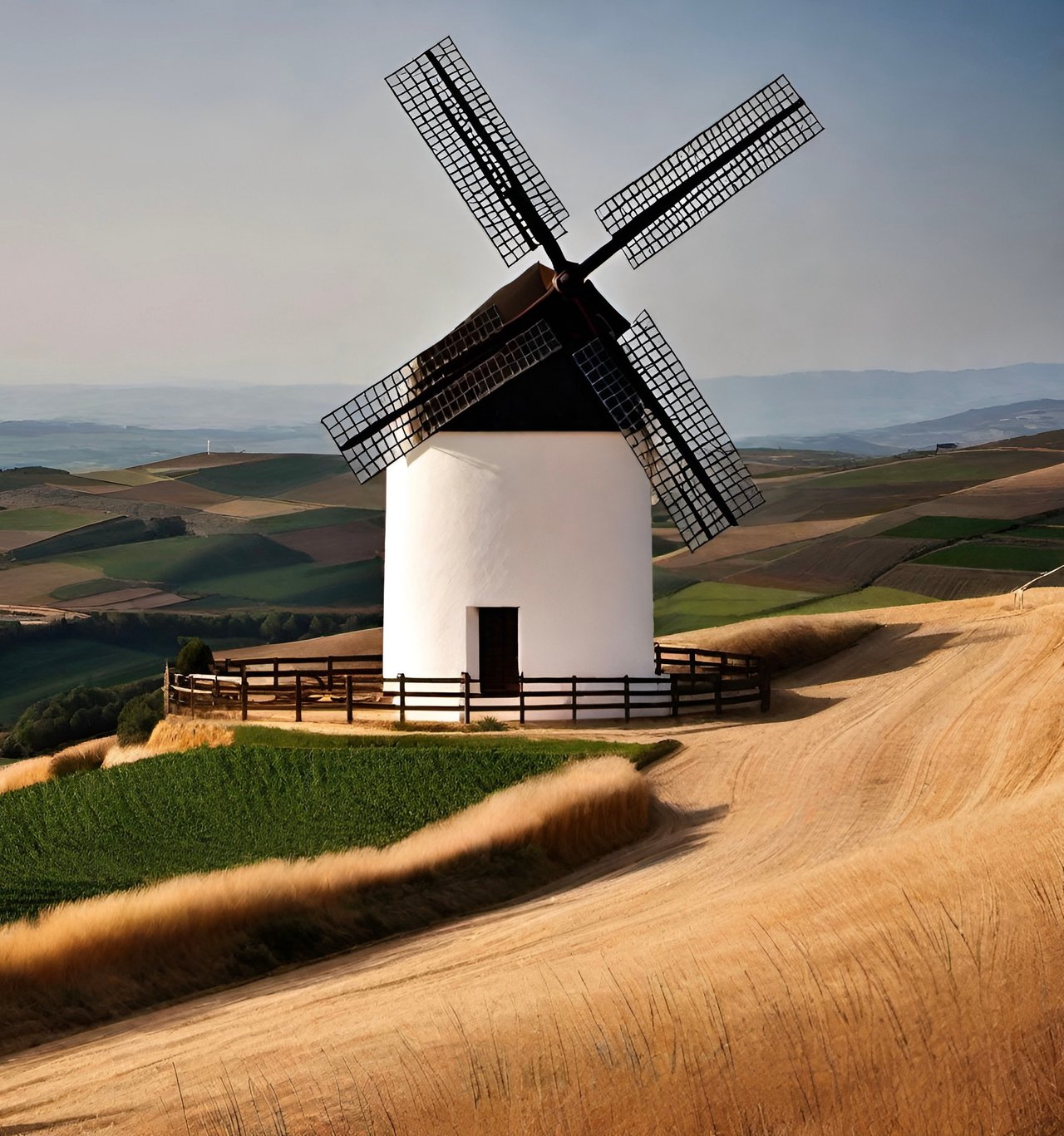

Comments